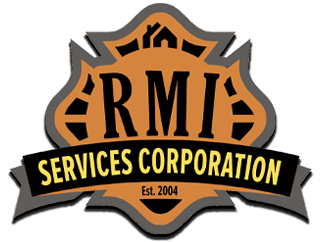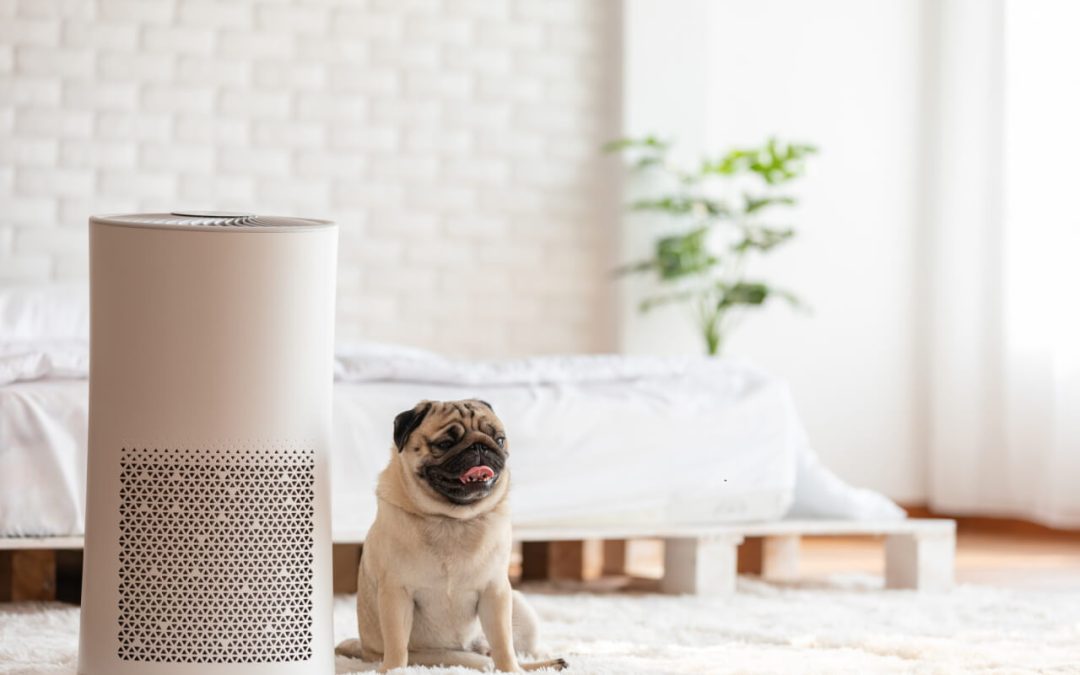Allergies can make life at home irritating instead of relaxing. Whether you’re dealing with seasonal pollen, dust mites, pet dander, or mold, the key to alleviating these issues is making your home less hospitable to allergens. Keep reading to learn five effective strategies for allergy-proofing your home so it stays comfortable.
Understanding Common Household Allergens
Before you can effectively control allergens, know what you’re up against. The most common household allergens are dust mites, pet dander, mold, and pollen. Each one is different and requires specific strategies for getting rid of them. For example, dust mites thrive in warm, humid environments and are commonly found in bedding, upholstered furniture, and carpets. Mold grows in damp areas, such as bathrooms and basements. Pollen can enter homes through open windows and doors and on clothing from outside.
Reducing Dust Mites for Allergy-Proofing
Dust mites are a common cause of allergy symptoms, and managing them requires regular cleaning and attention to your home’s humidity. To combat dust mites, wash bedding weekly in hot water and use allergen-proof covers on mattresses, pillows, and box springs. Opt for washable curtains made of plain cotton or synthetic fabric and clean them frequently. Keep home humidity below 50% to prevent dust mite populations from growing.
Controlling Pet Dander
Pets are beloved members of many families but can be significant sources of allergens. To minimize exposure to pet dander, establish pet-free zones in your home. Make bedrooms a no-pets area to create an allergen-safe space for sleeping. Regularly bathe and groom your pets to reduce the amount of dander they shed. Use high-efficiency particulate air (HEPA) filters in your home to trap pet dander and other allergens, reducing their presence in the air.
Preventing Mold Growth
Mold spores can cause allergic reactions and respiratory issues, so keeping your home dry and well-ventilated is vital. Use exhaust fans in bathrooms and kitchens to reduce moisture. Fix leaks in pipes and roofs promptly to prevent water accumulation. If you live in a particularly humid climate, use a dehumidifier to maintain lower indoor humidity levels. Regularly cleaning damp areas with mold-resistant cleaners also helps prevent mold growth.
Allergy-Proofing Against Pollen
During high pollen seasons, keep windows and doors closed to prevent pollen from entering your home. Instead, use air conditioning with a clean air filter to keep your home cool. After spending time outdoors, change your clothing and shower to rinse pollen from your body and hair before settling into your indoor living spaces.
Frequent Cleaning and Filtering of Air
Regular cleaning plays a big part in reducing allergens indoors. Vacuum carpets and furniture at least twice weekly using a vacuum cleaner equipped with a HEPA filter. Clean surfaces like floors, countertops, and shelving with a damp cloth to keep dust from becoming airborne.
Installing an air purifier with a HEPA filter in critical areas where people spend more time, such as bedrooms and living rooms, also helps reduce the concentration of airborne allergens. These devices are especially effective in capturing fine particles.
With these tips, you will lower the amount of allergens in your home, leading to a cleaner, healthier living environment. While eliminating allergens is challenging, reducing their levels is crucial in managing allergy symptoms and improving your quality of life.
FAQs on Allergy-Proofing Your Home
How effective are allergen-proof mattress and pillow covers?
Allergen-proof mattress and pillow covers are very effective in creating a barrier that prevents dust mites and other allergens from accumulating in your bedding. These covers are typically made from tightly woven fabric that dust mites and other particles cannot penetrate. These covers can improve sleep quality for those particularly sensitive to dust mites.
Is it necessary to use special cleaning products for allergy-proofing?
While using special cleaning products is not always necessary, choosing hypoallergenic or non-toxic cleaners can further reduce the risk of triggering allergies. These products are typically free from fragrances and harsh chemicals, which can also irritate. Regular cleaning with simple solutions such as diluted vinegar or baking soda can be effective and safer for allergy sufferers on surfaces where allergens accumulate.
Can replacing carpet with hardwood floors improve allergies?
Yes, hard surfaces are easier to clean and do not trap allergens like carpets. If removing carpet is an option, it can be beneficial for allergy sufferers.
RMI Inspection Services offers professional home inspection services, including air quality testing and mold removal services, in South Florida. Contact us to request an appointment.

